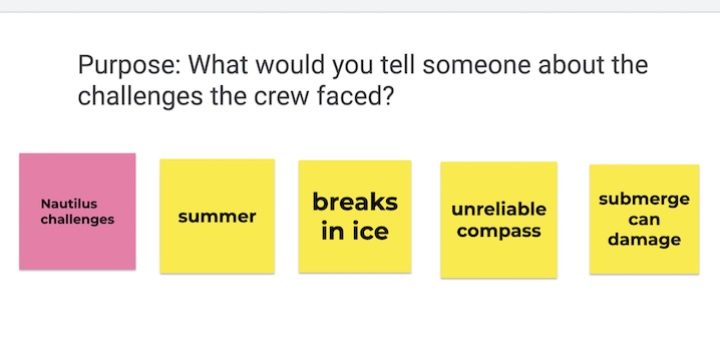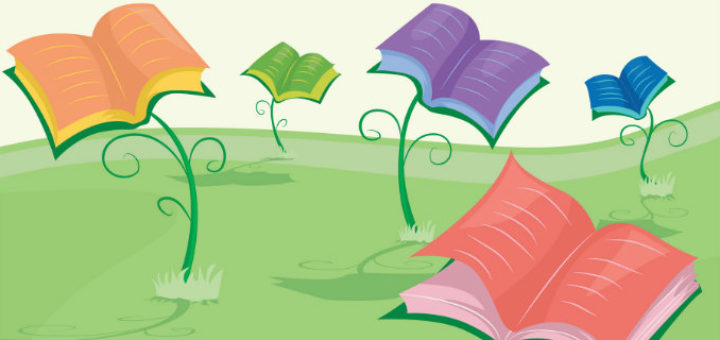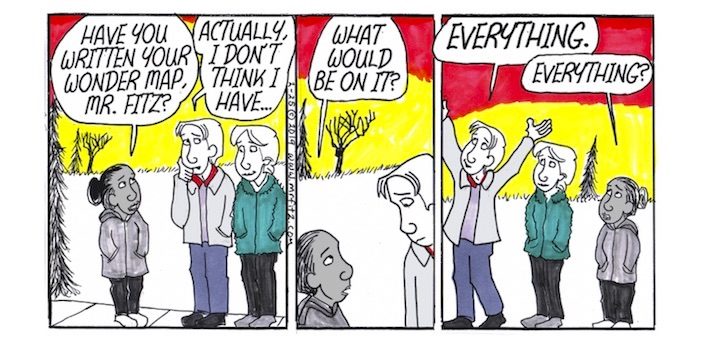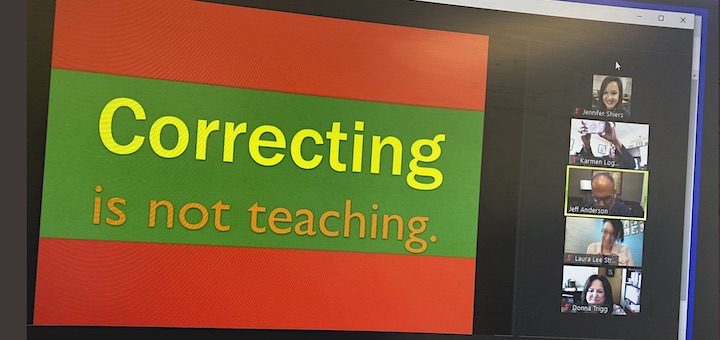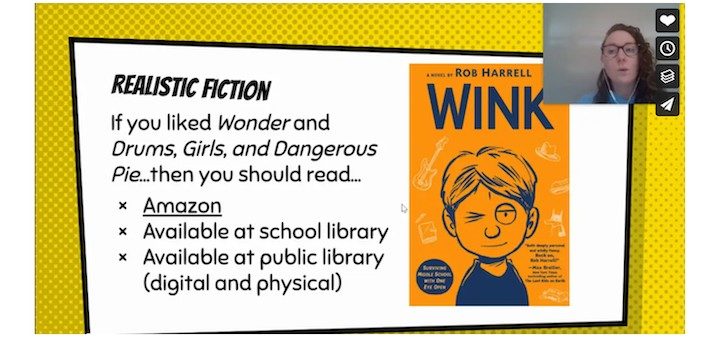Scaffolds & Bridges: Reading & Writing about Nonfiction
When students try to write a short response to a fact-filled passage they’ve read, some will likely lose their grounding. How do we help them leap the gap between reading and writing? Alicia Genchi and Sunday Cummins share an essential scaffold for building the bridge.

